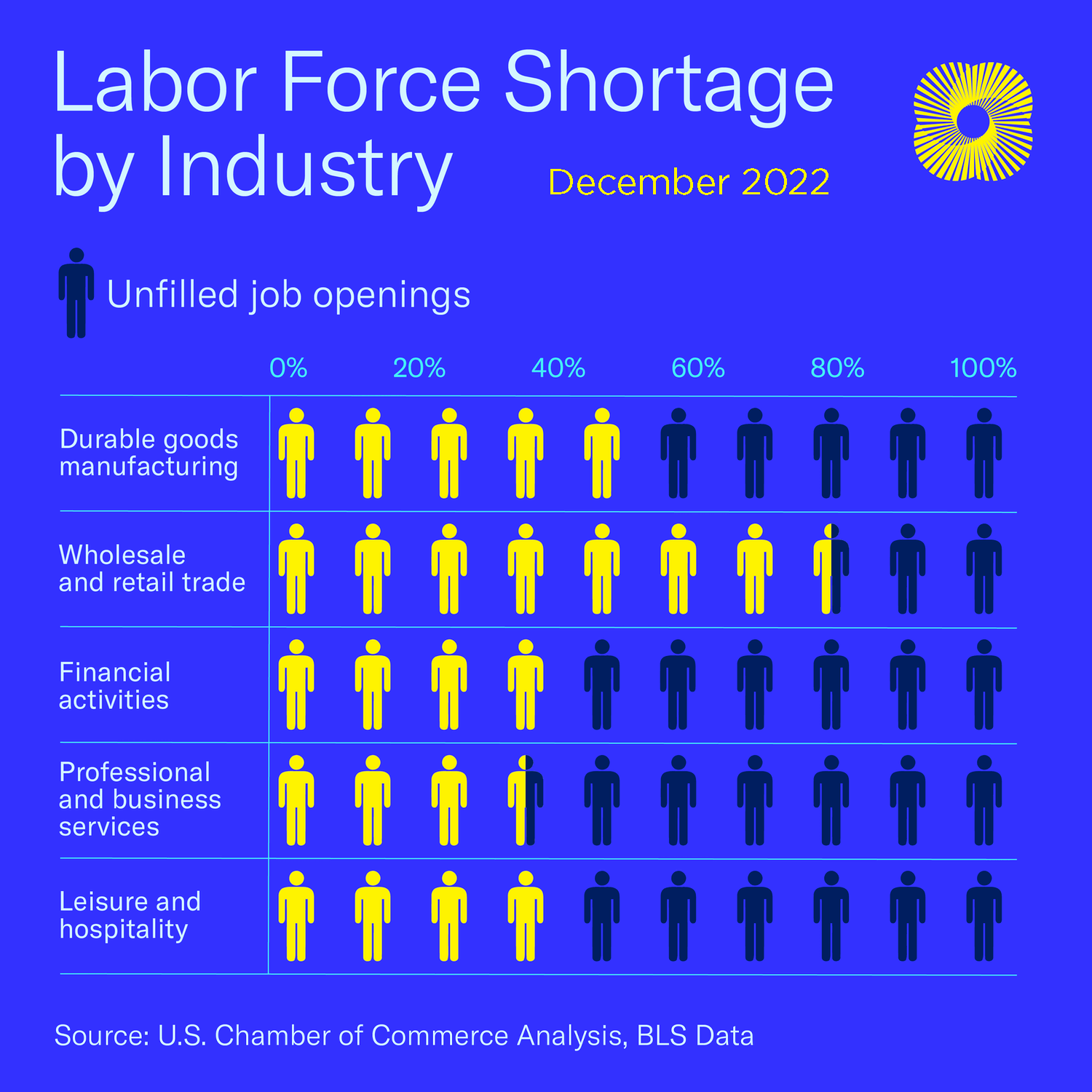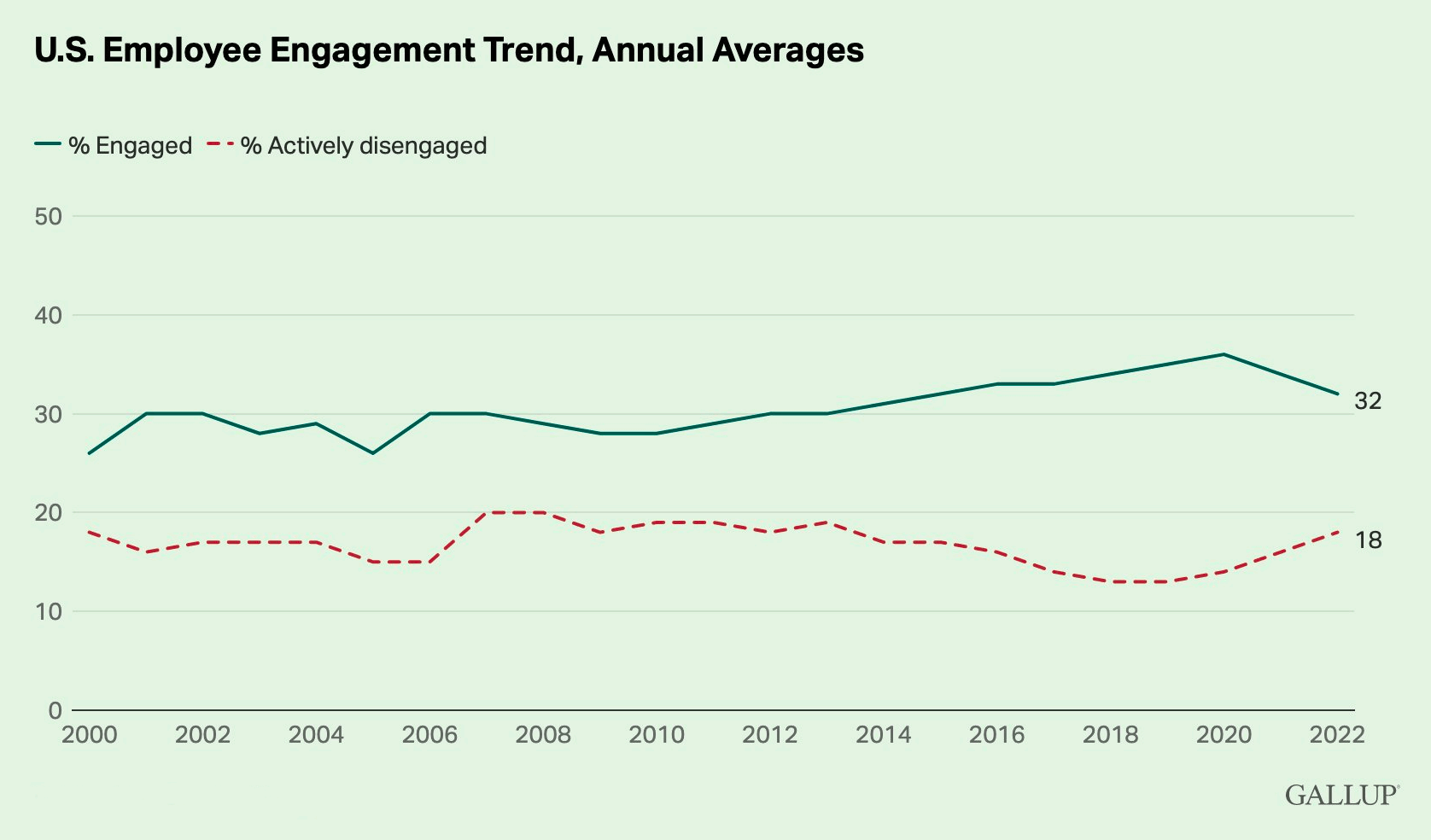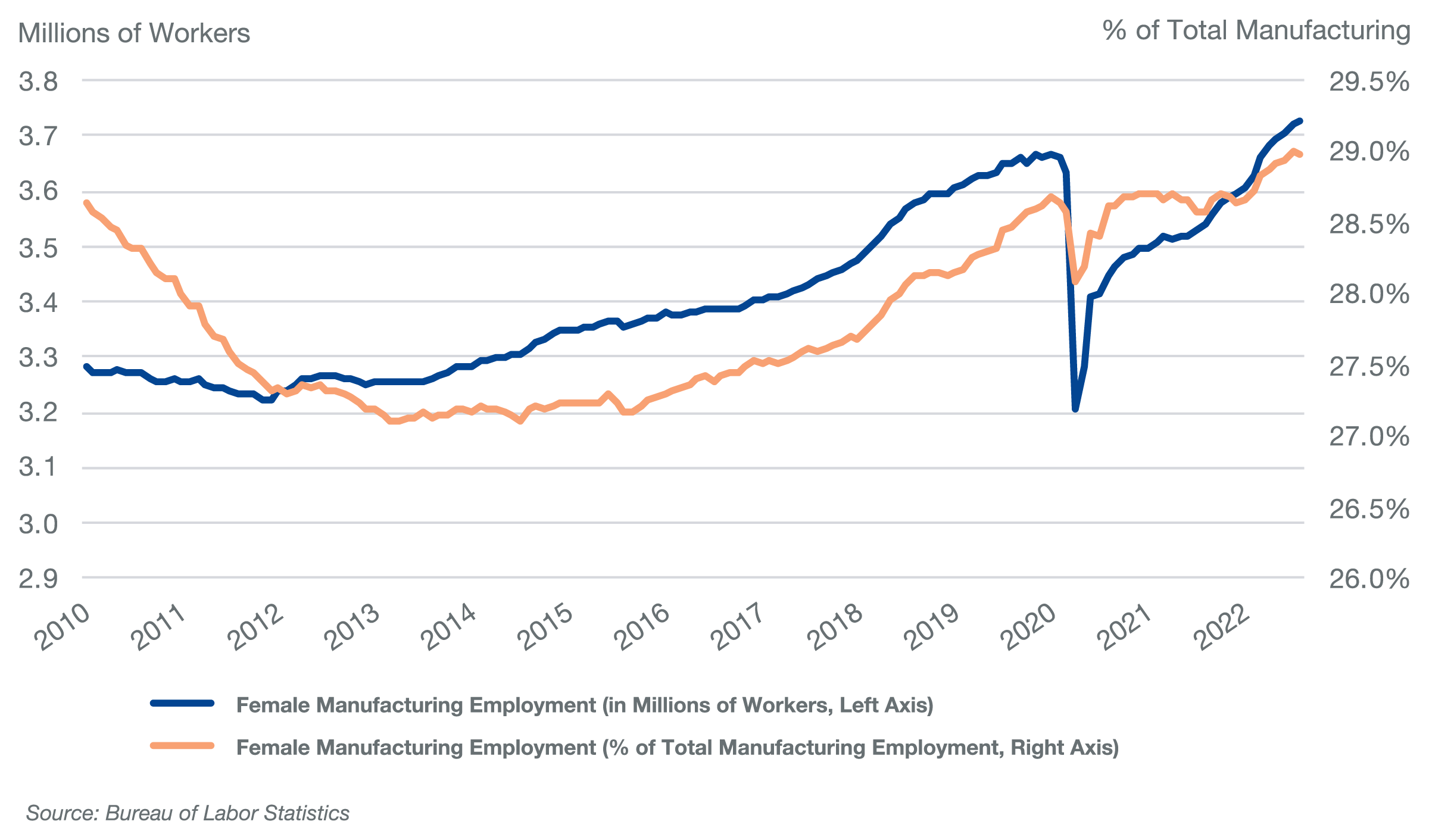If you’re considering adopting an Enterprise Resource Planning (ERP) system, it likely means your business is doing well and has reached a point where getting to the next level requires systems that will promote efficiency and effectiveness, or you’re getting systems in place to support big growth over a long period of time. Congratulations either way!
My goal in writing this is to provide insights to maximize what an ERP can offer, and pitfalls to avoid, by sharing my own experiences and two case studies from local manufacturing businesses.
To start, what is an ERP? It’s a business software solution designed to manage data, resources, and operations. In lieu of separate systems for different functions, an ERP integrates and automates a variety of processes in one system, providing one source of “truth”; the ability to use data in ways that separate systems unable to communicate with each other can’t; and eliminating one-offs, workarounds, and fixes that cost time, money, and business.
With an ERP, you can have one system for accounting, customer relationship management, e-commerce, finance, human resources, inventory management, manufacturing, marketing, procurement, productivity, sales, supply chain, time systems, scheduling, and more, depending on the modules you choose. An ERP is scalable, so you can add new capabilities as your business grows or needs change.
In the past, ERPs were used primarily by very large, complex organizations. The cloud has made it more accessible, prompting businesses of all sizes to consider one as part of their digital strategy.
So, what can an ERP do? Depending on the system and modules you purchase, as well as the work your team puts into it, an ERP can boost competitiveness by helping your business operate more efficiently and effectively.
You can use data to schedule projects and production more effectively; make more informed decisions in real-time; more accurately estimate and track costs; automate tasks so staff can focus on value-added activities; improve customer service; reduce lead times; maximize production and profitability; and use data for predictive modeling.
ERPs can also help improve internal controls for accounting, financial reporting, and compliance; set the stage for growth, a new line of business, or a new business model; and support remote and distributed workers.
If you are losing time tracking down data…if your systems don’t “talk” to each other, limiting what you can do…if you’ve lost business, profits, or productivity due to data issues…if regulatory compliance keeps you up at night…or if you’re ready to move to the next level, it may be time for an ERP.
Beware! An ERP is not a silver bullet. You get out of it what you put into it. Moving to an ERP is a major undertaking requiring collaboration, teamwork, time, and commitment. Interested in learning more? Two leaders of local manufacturing companies generously agreed to share their ERP experiences.
Case Study: PTI
PTI manufactures equipment for leak detection in high-risk industries. Today, it has 65 employees working in New York and Switzerland. The company was having challenges managing forecasting and inventories. More people were required to help manage back-office work and data entry, increasing costs due to the need for manual processes, interventions required, and time spent trying to catch problems and fix them before they escalated.
CEO Oliver Stauffer explains, “Because of the unique nature of our business, we needed more than what basic systems could provide. We saw the potential for gains in linking material and financial information effectively, and we knew we needed something that would cover the full enterprise to get the most long-term value in terms of cost savings.
About a year ago, we decided to explore an ERP. One of the best decisions we made was to hire a firm to help us select the right ERP for our business. We had a team of about 10 people representing key parts of the business provide input. The search firm evaluated more than 50 different systems based on our requirements and identified three that could work. We conducted a rigorous selection process and chose the vendor and system we wanted to move ahead with in September. Implementation started at year-end.
Originally, implementation was going to take three months. We didn’t want to rush and were more concerned about getting it right, so we extended the implementation period. We found a system that does most of what we wanted, with some customization and upstream infrastructure required.
I think choosing the right ERP is the most critical part of the process. Hiring a firm to help you understand which system will best serve your needs is so important, as is gaining input and buy-in from all departments.
Be prepared to address what happens when the system may not be exactly what every department wants. Not everyone may end up happy, so you must find a way to navigate to a place that everyone can live with. In PTI’s case, that meant agreeing to additional sales infrastructure. Finally, you need a champion – someone who is going to oversee the entire process and maintain momentum and buy-in from start to finish.”
Case Study: MPI, Inc.
MPI is the world leader in wax-room and ceramic core injection, assembly, and automation equipment, with operations in Poughkeepsie, NY, and sales worldwide. MPI previously had an ERP, but the company that created it stopped providing maintenance and was sold. With each piece of MPI equipment having about 2,000 part numbers adding up to over 65,000 parts across the product line, MPI leadership knew it was time to change.
A large internal team was involved with the planning. They hired a company to help value stream processes and select the final ERP solution. They also chose an implementation company with a solid background in project management.
According to MPI President Aaron Phipps, “The client manager at the implementation company knew what he was doing and everything was going fine, but he decided to leave his firm. We ended up moving to another implementation company, but we found they lacked project management skills and most of the responsibility shifted to us. Two weeks before go-live we were told the project was on time and within budget. By go live, we found we were two months behind and $100,000 over budget. We didn’t stay with them.
When it comes to choosing software, you have to be careful. Some vendors are so focused on the sale that they make promises that they can’t keep. We chose an ERP that’s well-known in the industry and has been around for a while. Still, if I knew then what I know now, I would have gone a different route. We gave up a lot. Our business doesn’t fit with the system’s out-of-the-box solution.
That said, we are using the system and getting some benefits from it. We have better data and can make better decisions. My Engineering Department would say there are benefits from consistency throughout the entire company. The software helped unify and align operations across the company.”
What advice does Aaron give based on his experiences?
- “Be aware that certain things can exist outside the system and be more accurate and less expensive.
- With the new ERP, it is more expensive to run our business and certain tasks involve more work. You have to be prepared to dedicate staff to maximize what it can do.
- Up front, define what the completed project includes and do not allow additional charges until completion is reached. For example, up front we confirmed how one link should work, but it didn’t. After a lot of effort, they agreed we were right and said they would update it during the next upgrade six months later, or we could pay to expedite it. We just threw it out. Having a definition of project completion would have helped address issues like that.
- When evaluating a system, look at procedures everyone does like clocking in and out, and count the number of clicks it takes to complete a task. You may find an ERP adds work.
- Everyone in the company needs to understand how their actions affect others. For some people, the new system is better but for others, it’s harder.
- An ERP implementation is harder and more expensive than you think. We went with a number of modules and then decided to pull back and drop a few. The cost is far more expensive when you take into account the software, implementation, and service fees.
- Vet all of the subcontractors as best you can and be prepared with contingencies.”
Make no mistake about it, this is a huge time, cost, and personnel commitment. As the case studies show, you can do everything right and still face significant challenges that you need to muscle through. Still, it is a game-changer for many and can set the stage for operational efficiencies, cost-effectiveness, and more.
If you’re considering an ERP system, start by doing some research. Talk to colleagues about their experiences. Do a cost-benefit analysis to ensure it’s the right time to move ahead. Be prepared for what it will take – your staff will be shouldering extra responsibilities for several months and possibly even years – as you make the transition. Training and upskilling will be required. You may need full-time resources to maximize ROI once a system is in place. Ultimately, you’ll get out of it what you put into it.













